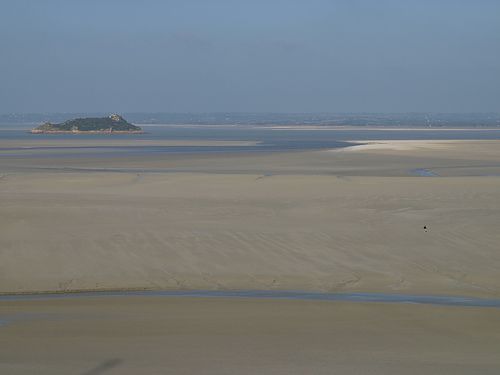-
 Coelacanth
Coelacanth
-
 Fetus
Fetus
-
 Lambda phage
Lambda phage
-
 Hapten
Hapten
-
 Itai itai disease
Itai itai disease
-
 FDMA
FDMA
-
 Edaphic
Edaphic
-
 Source code
Source code
-
 Oncology
Oncology
-
 Island arc
Island arc
-
 Crystalline schist
Crystalline schist
-
 Incursion
Incursion
-
 Levorotatory
Levorotatory
-
 Centrosome
Centrosome
-
 Thermohaline circulation
Thermohaline circulation
-
 GUT
GUT
-
 Nitrophile
Nitrophile
-
 Lyase
Lyase
-
 Silver birch
Silver birch
-
 European brown bear
European brown bear
-
 Nectariferous
Nectariferous
-
 Nutricline
Nutricline
-
 Reactivation
Reactivation
-
 Nucleolinus
Nucleolinus
-
 Smoltification
Smoltification
-
 M3
M3
-
 Hind-claw
Hind-claw
-
 Primaries (feathers)
Primaries (feathers)
-
 Half-life
Half-life
-
 Pluripotency
Pluripotency
Tidal range
The tidal range is the difference in height between high tide and the following low tide. This term is also used to designate other variations of the water level in bodies of water and watercourses.
From an oceanographic perspective, the tidal range varies over time and space depending on several parameters. The most important parameters are the sun, the moon and geography (the ocean basin).
The most important temporal variation is the cycle of spring tides, when the tidal range is the highest, and neap tides, when the tidal range is the lowest.
On a local level, the physical structure of oceanic basins can slow down (Mediterranean) and even suppress (amphidromic point) the spread of tide waves, creating a very small tidal range. Inversely, tide waves can grow and reach 10 to 14 meters in the Bays of Mont-Saint-Michel or Fundy (Canada).
The daily and variable oscillation of sea water levels creates specific coastal habitats. These ecological habitats form the foreshore ecosystem.
 In the Bay of Mont-Saint-Michel, the tidal range can reach 10 metres. © duvalmickael50 CC by-nc-sa 2.0
In the Bay of Mont-Saint-Michel, the tidal range can reach 10 metres. © duvalmickael50 CC by-nc-sa 2.0
Latest
Fill out my online form.



